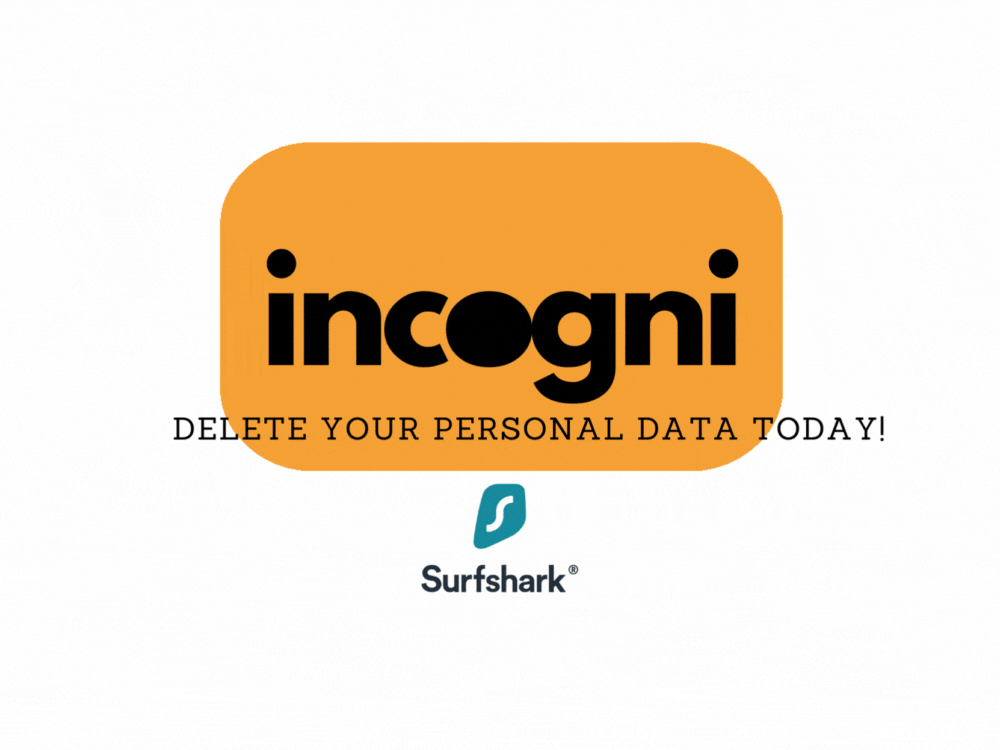How does it work?
Data Brokers 101
Before we get into the ins and outs of Surfshark’s Incogni service, I think it’s important to illustrate the privacy and security issues that stem from data brokers’ business practices and surveillance capitalism in general.
As many will already know, the internet is rife with tackers and analytics scripts that run on almost every website/application you visit/use. These trackers collect all sorts of details about you and your behavior. That includes the more obvious data points such as your IP address, location, email address, physical address, purchases, etc. But these trackers also collect less obvious things, like where you click on a website, where your mouse hovers, the time spent on specific pages, the device you’re using, its supported functions, fonts, etc.
And with just a few data points, these tracking algorithms can make informed guesses about your race, marital status, health, political affiliations, religion, and even your future behavior (what you’re likely to buy or who you’re likely to vote for, for example).
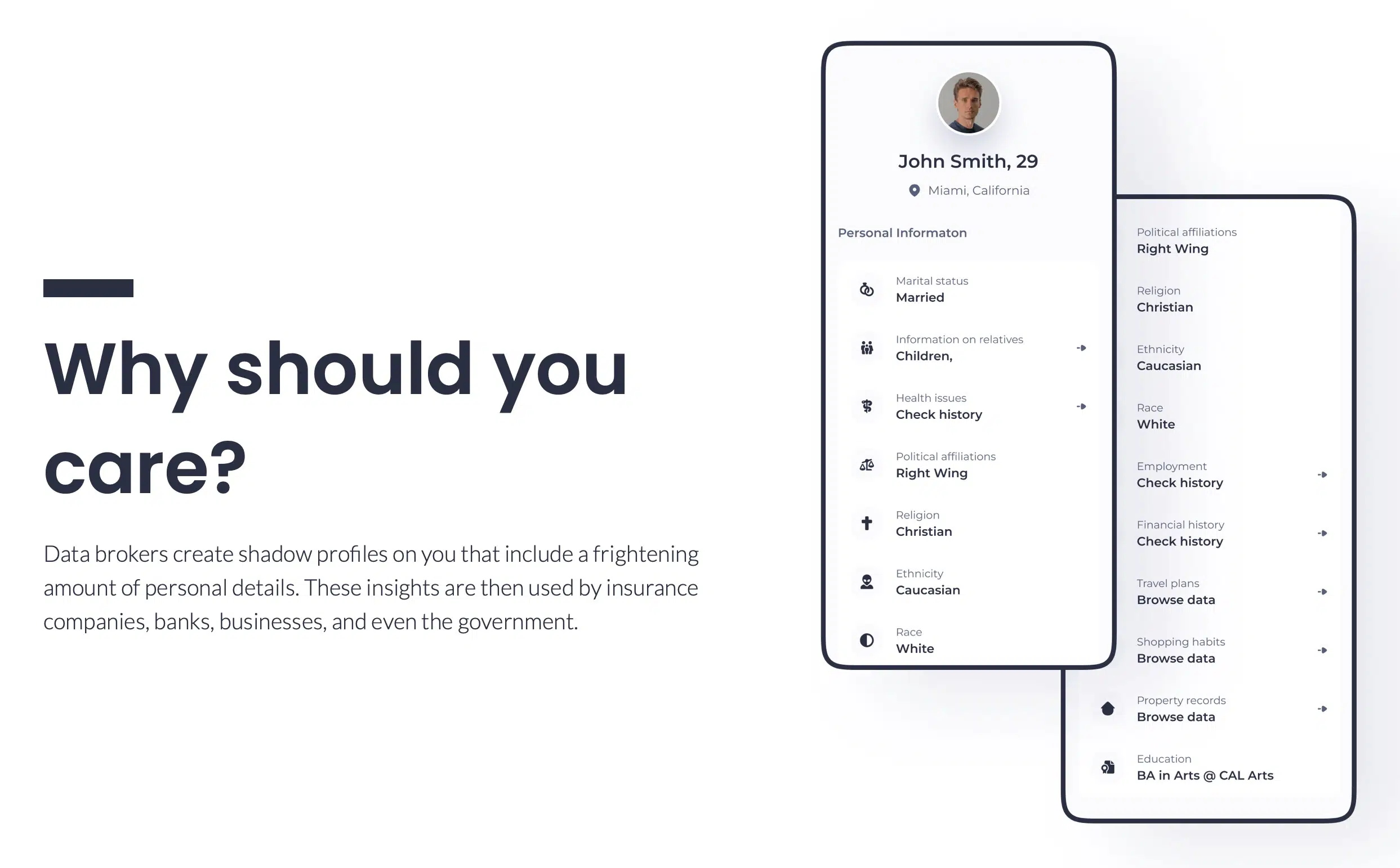
All that data ends up in the hands of data brokers who can (and do) use it to build a shadow profile on you (and me, and everyone else). Those profiles are stored in databases that are rented or sold to the highest bidder. That can mean governments, banks, and insurance companies, not to mention hacker collectives.
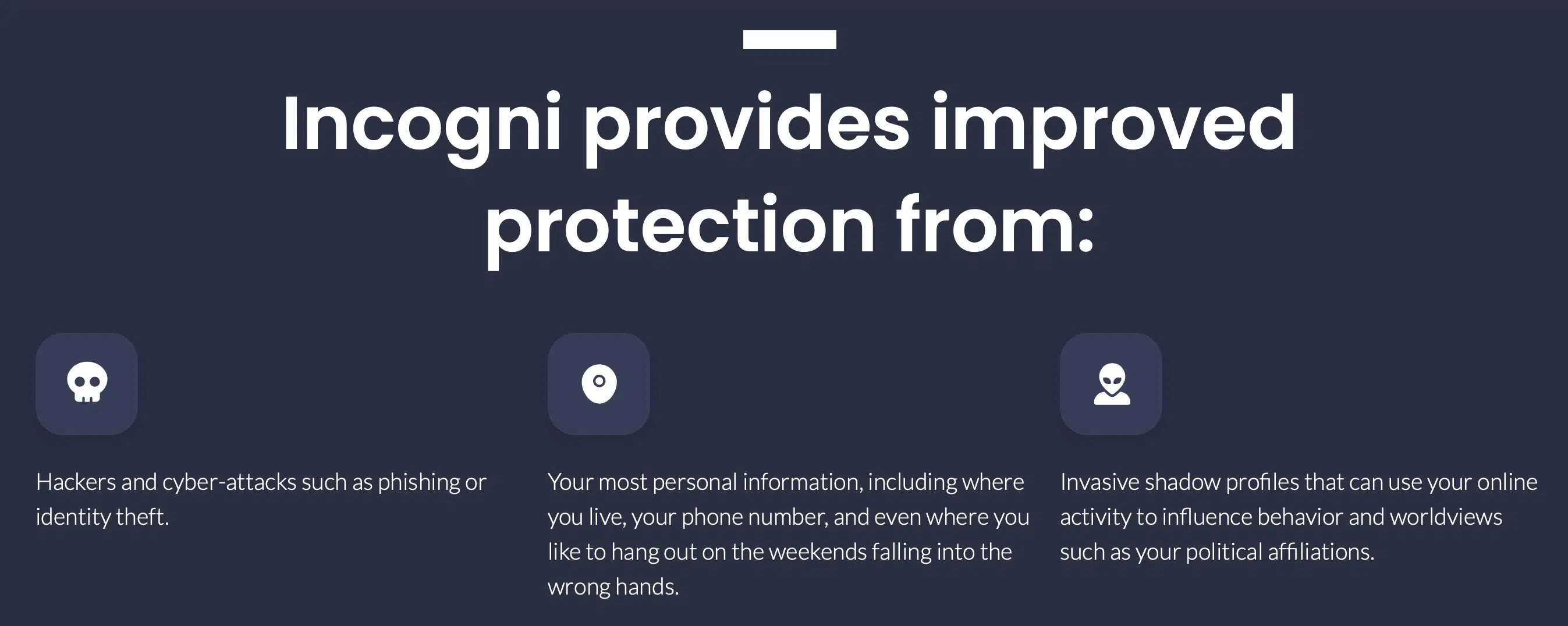
And data brokers are on both ends of that information economy – they don’t just collect and sell; they also buy. What that means is that the profiles they build on you are likely to be repackaged and sold or rented to other data brokers, who will correlate that information with other databases of personal information they already possess to gain further insights into your (and everyone else’s) person and personality. That process is in an endless rinse-and-repeat loop.
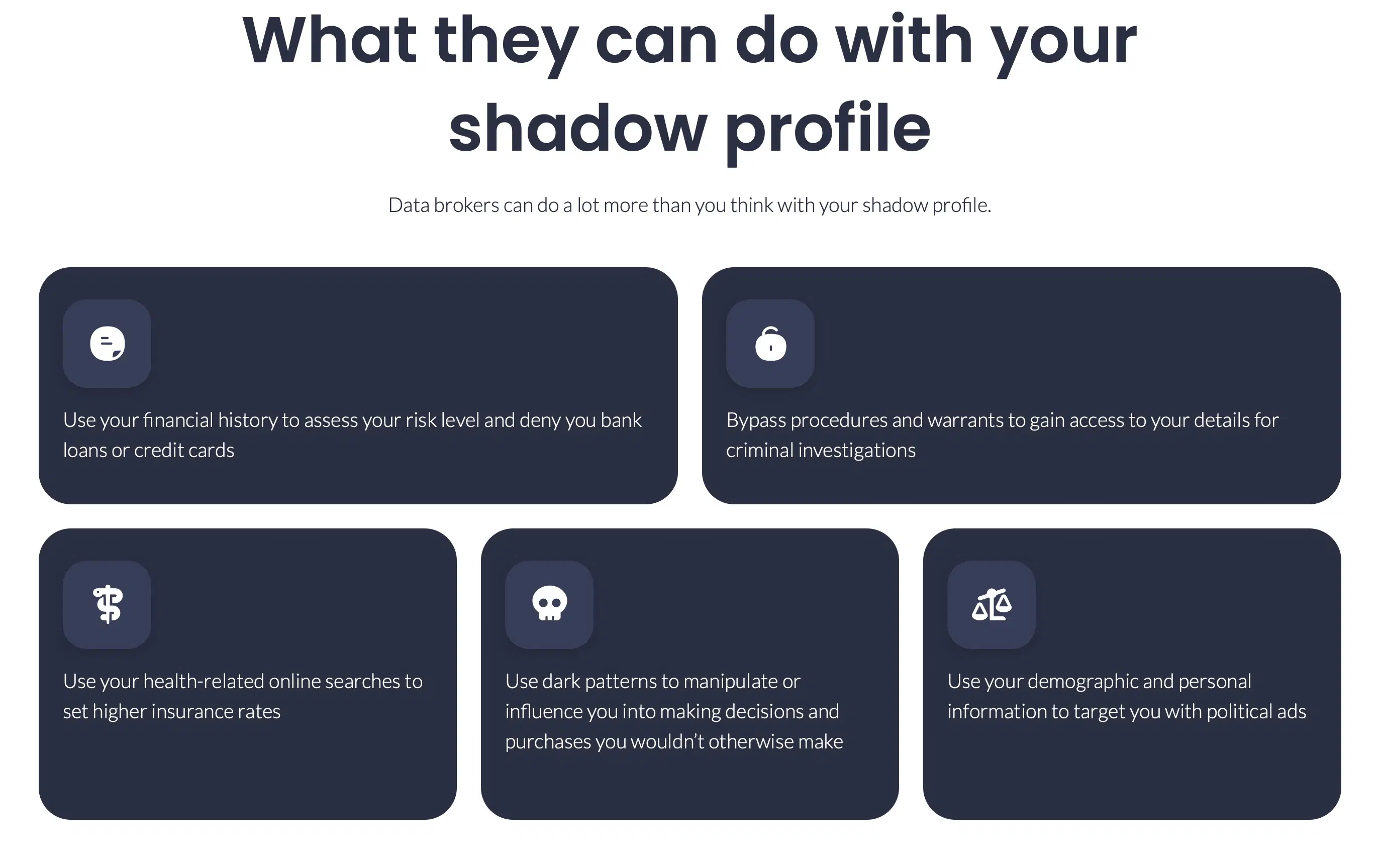
All this data being collected, bought, and sold can lead to the denial of bank loans and credit cards or higher insurance rates. This leaves you vulnerable to all kinds of manipulation, political or otherwise. It also enables law enforcement to bypass due process requirements (i.e., warrants) to obtain some of your most intimate information in the course of criminal investigations. It can also result in you having your identity stolen.
None of this benefits you. It’s only used against you. Fun, right?
Surfshark’s Incogni
Being active in the privacy space commands an understanding of the above. And Surfshark definitely has that edge. Its VPN service comes with an ad and tracker blocker, and Incogni takes the relay for anything that gets through that shouldn’t. The way it works is relatively simple.
- You sign-up using the email address you use regularly. While you can sign up with a disposable email address, it would defeat the purpose here. It needs to be an address that’s been used for it to wind up in the hands of data brokers.
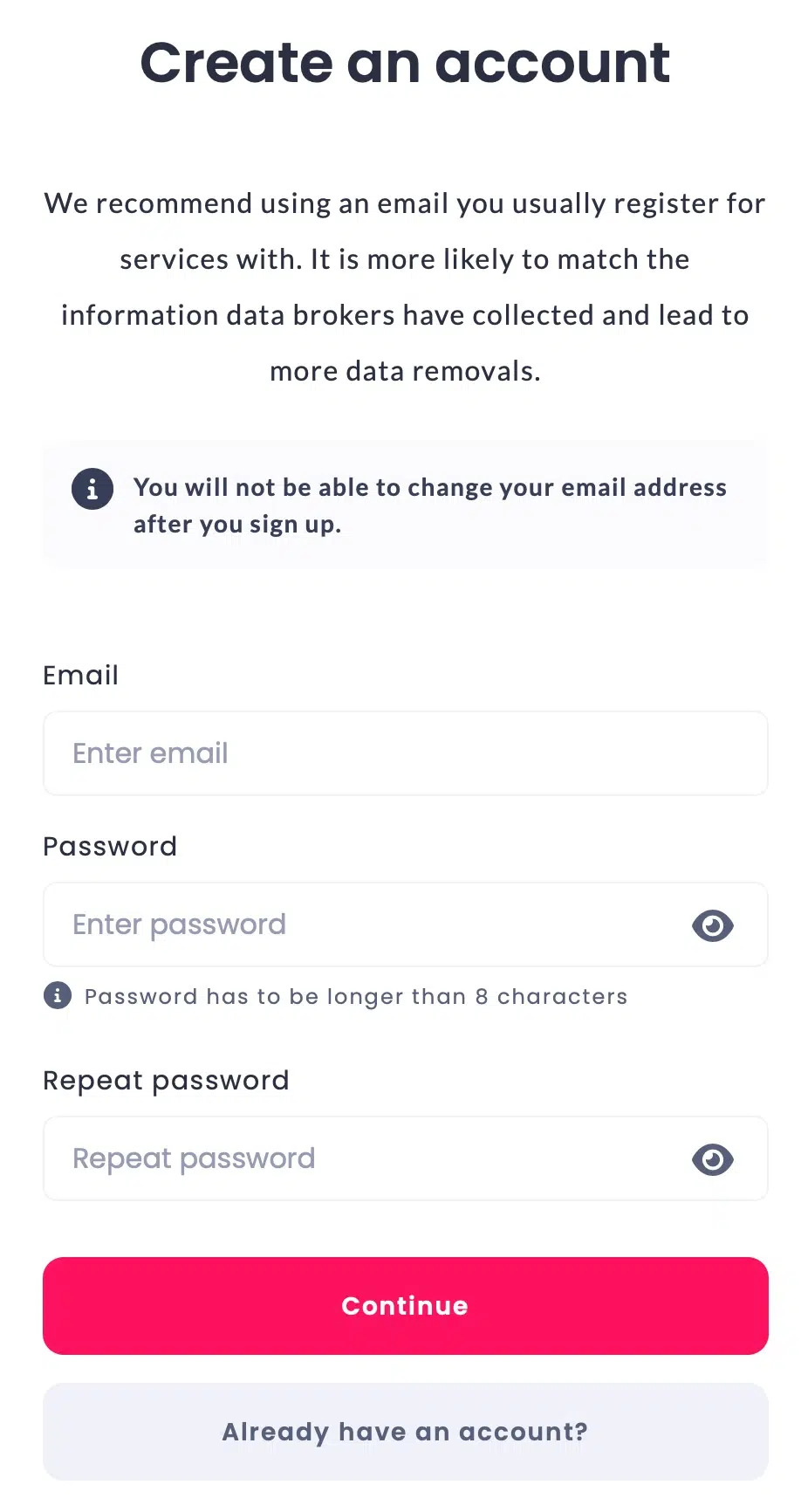
- You’re prompted to confirm your email. Incogni sends you an email, and you click on a link in the email to confirm it. At this time, Incogni only supports one email address and one physical address. It plans to support multiple addresses in the future.
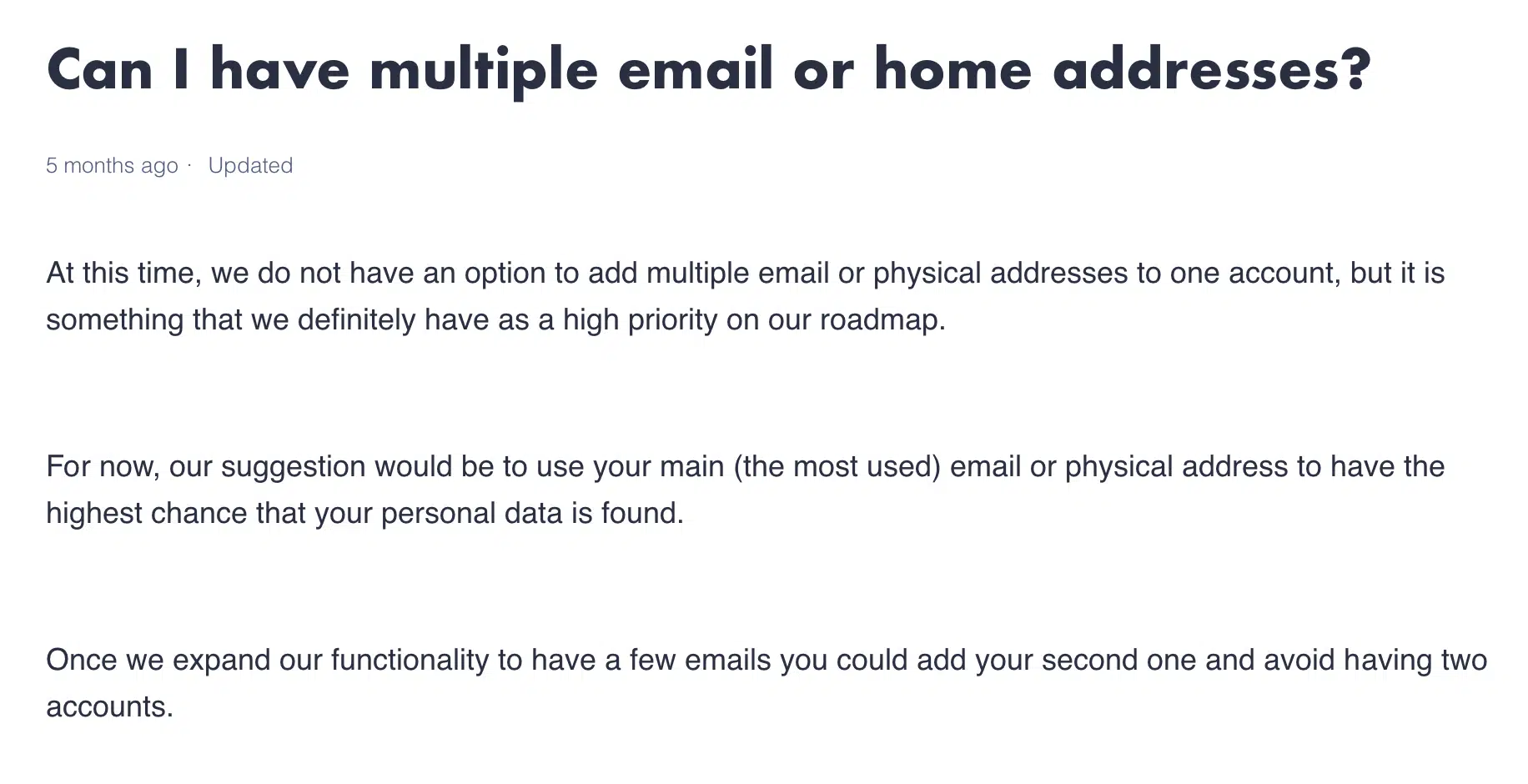
- Once your email is confirmed, you’re prompted for your physical address. It’s important to provide the correct address as this information is used in the removal requests.
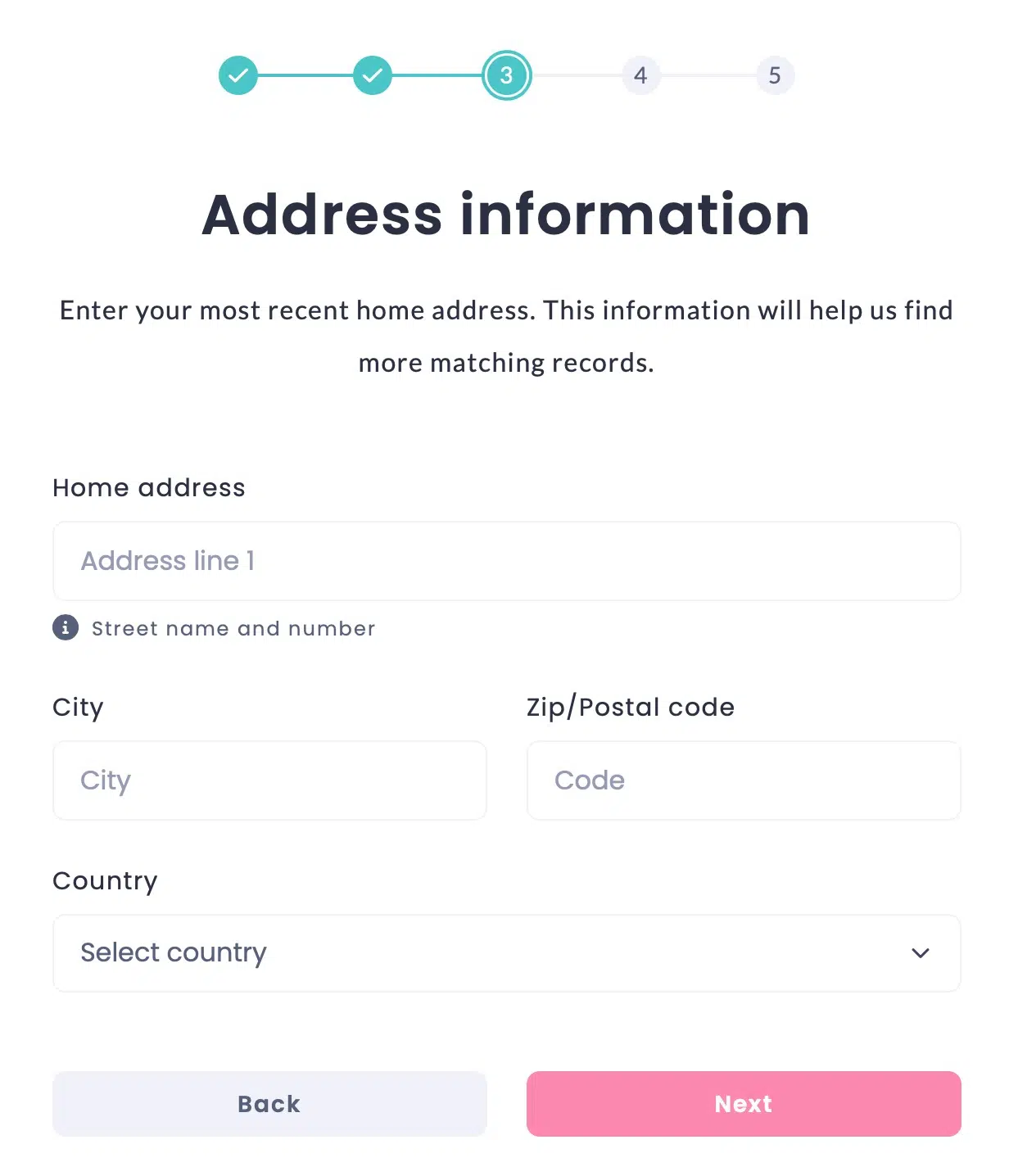
- After providing your address, you need to sign Incogni’s authorization form, which grants the company permission to use your personal information to send removal requests on your behalf. You need to sign the authorization form electronically.
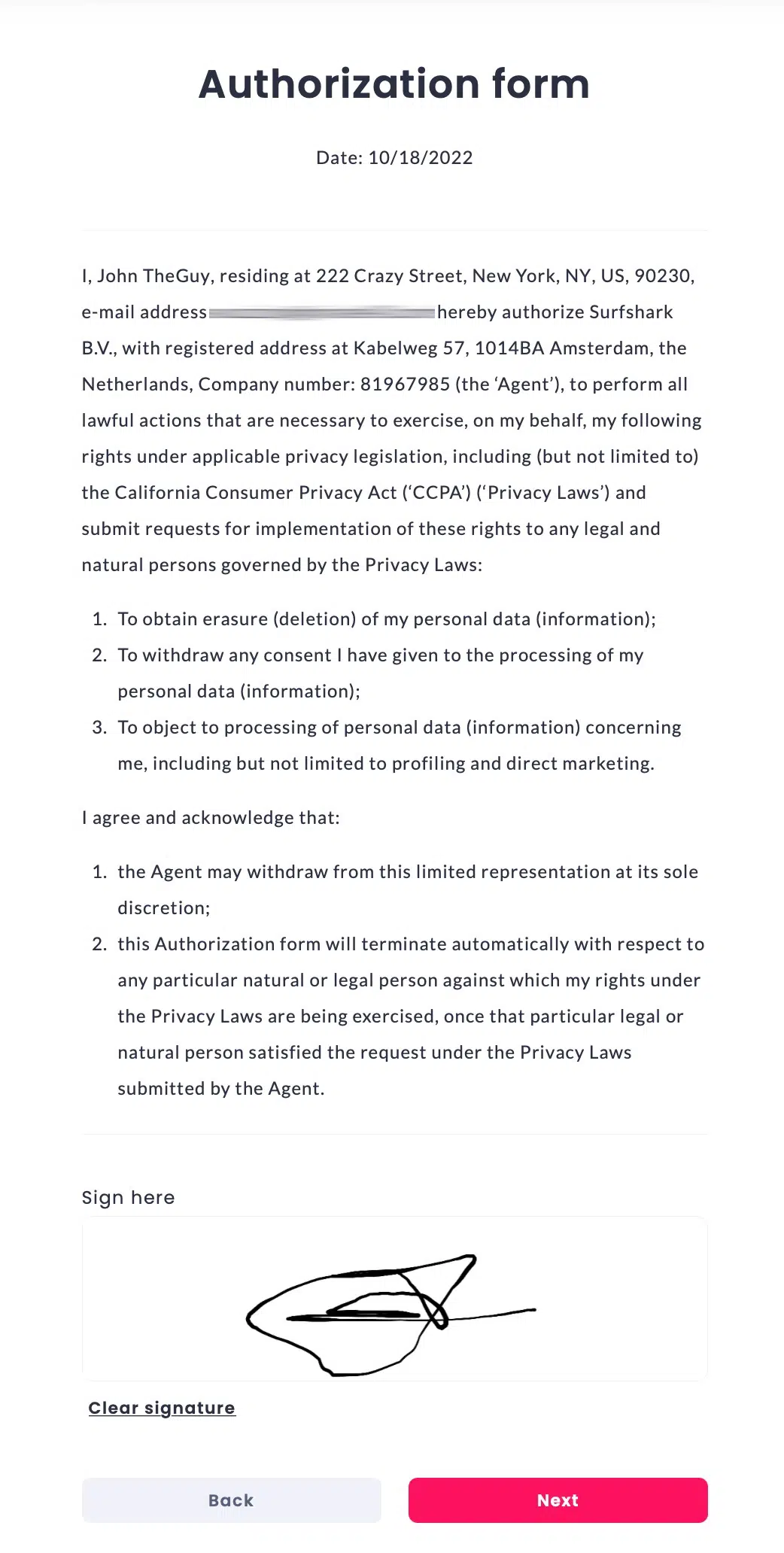
- You’re then prompted for a payment. Select either monthly or yearly and provide a payment method, and you’re done. Surfshark’s Incogni takes over from here and doesn’t require any intervention from you. Here’s what happens next.
As soon as you’re signed up, Incogni starts sending its removal requests to the 130+ data brokers currently supported.
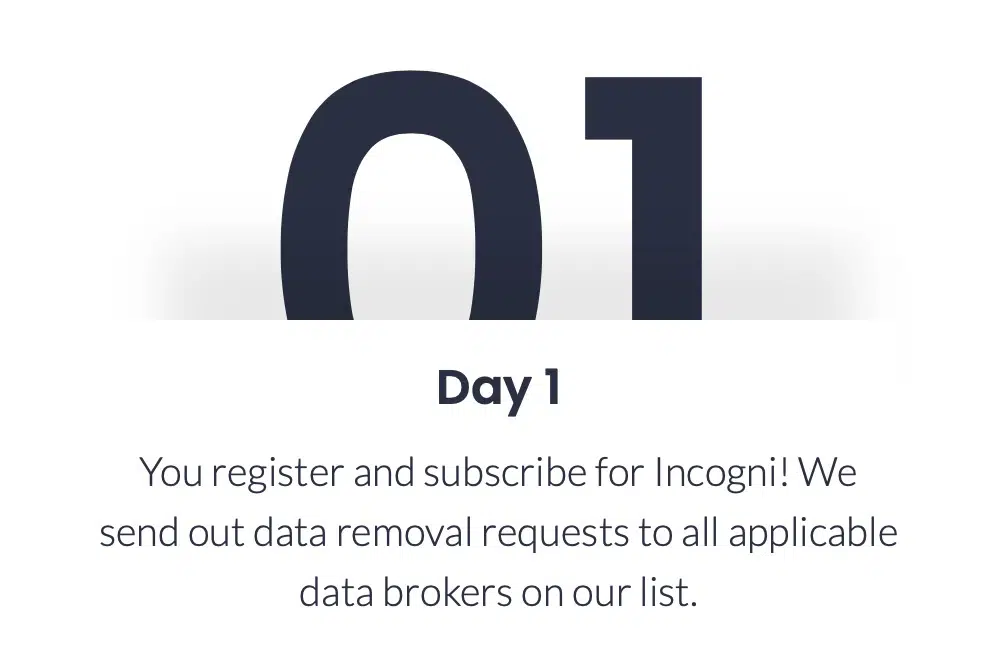
Typically, within a week, data brokers begin responding to Incogni’s requests.
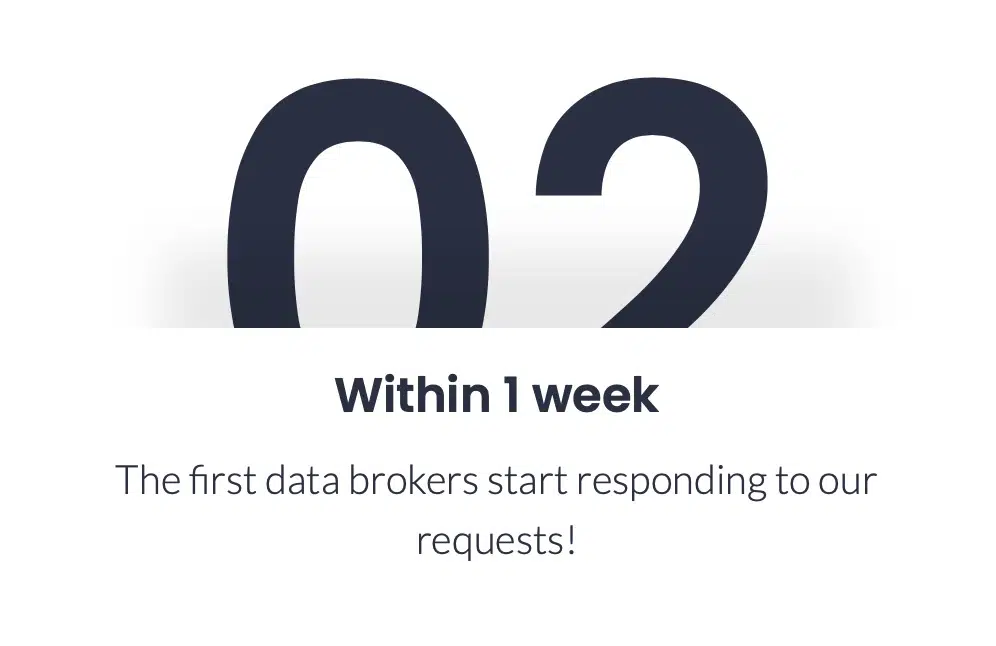
Within one month, Surfshark states that most requests should be processed. Removal requests are resent for those that aren’t.
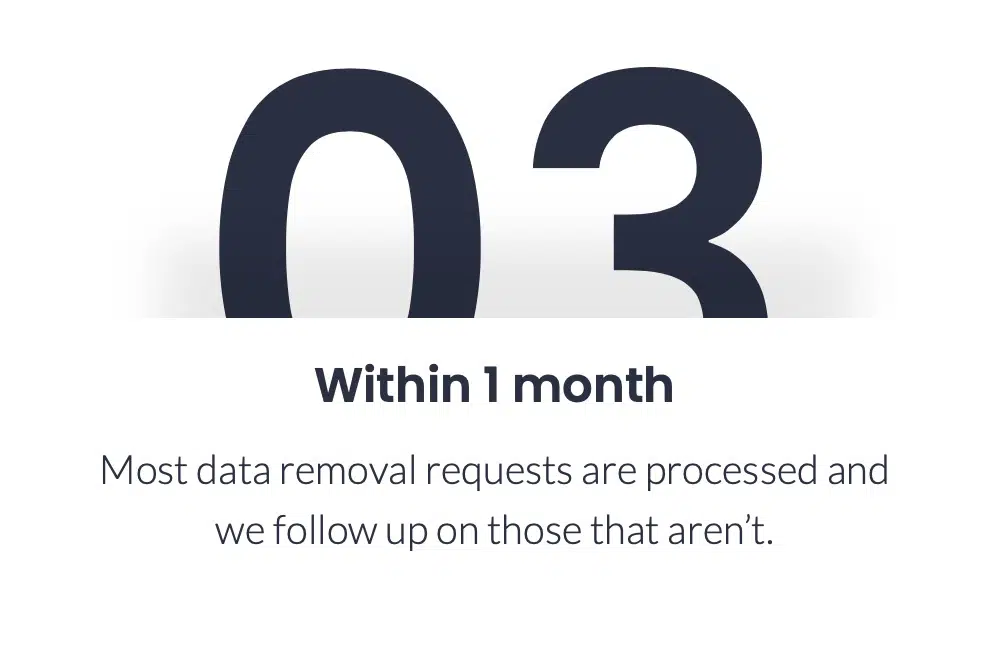
Incogni will send you weekly progress updates on the removal of your data.
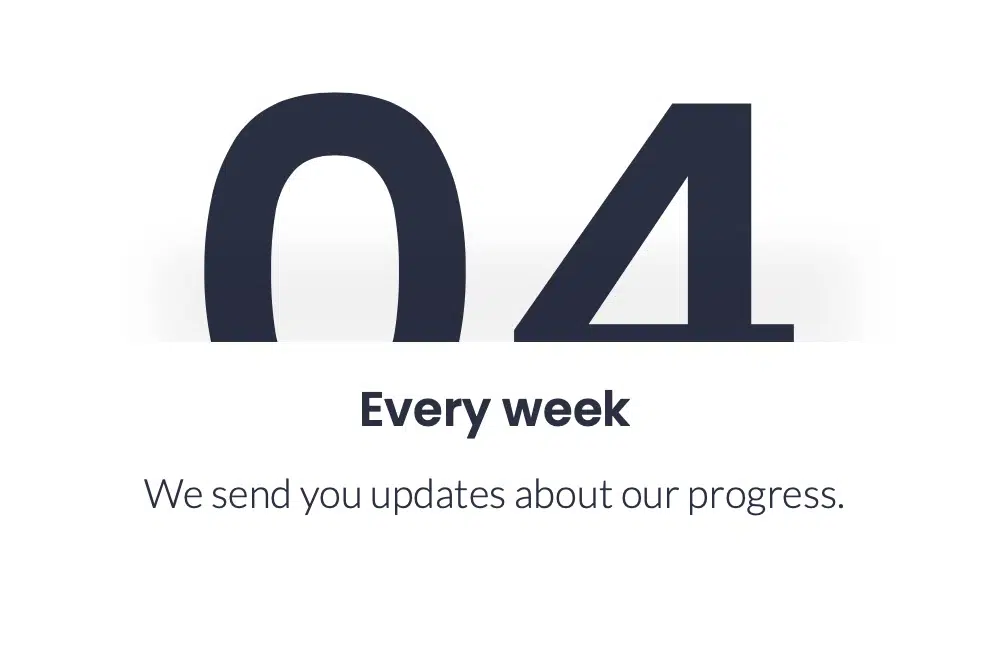
The process is repeated to ensure your data doesn’t reappear in their databases and to send fresh requests to newly supported data brokers.
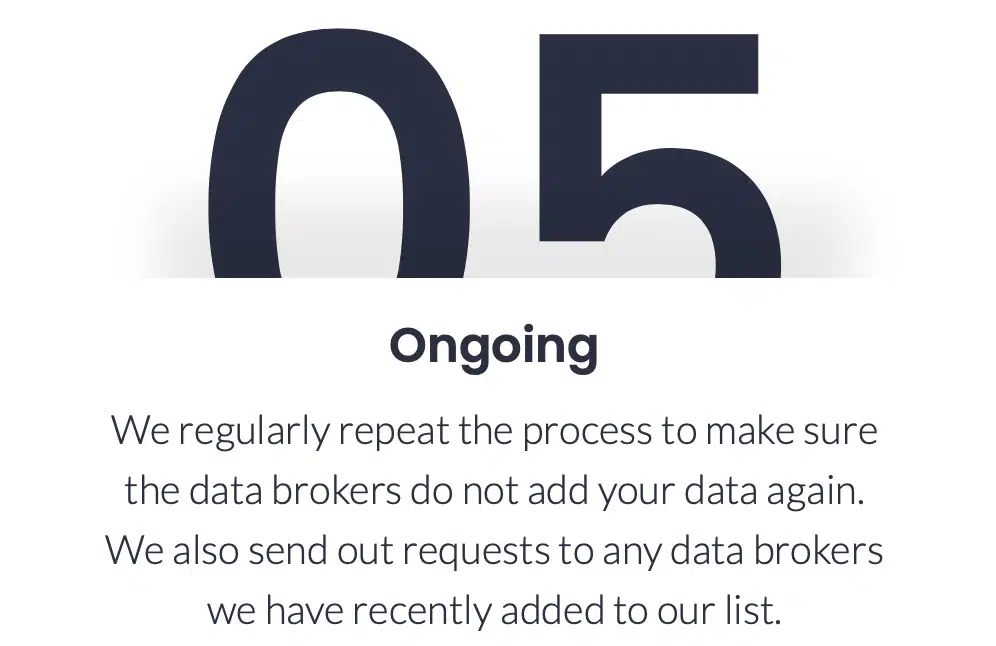
The Dashboard
After signing up and entering your personal details, you can access the Incogni dashboard. From the dashboard, you can monitor all of the data removal requests Incogni has sent on your behalf and view their status.
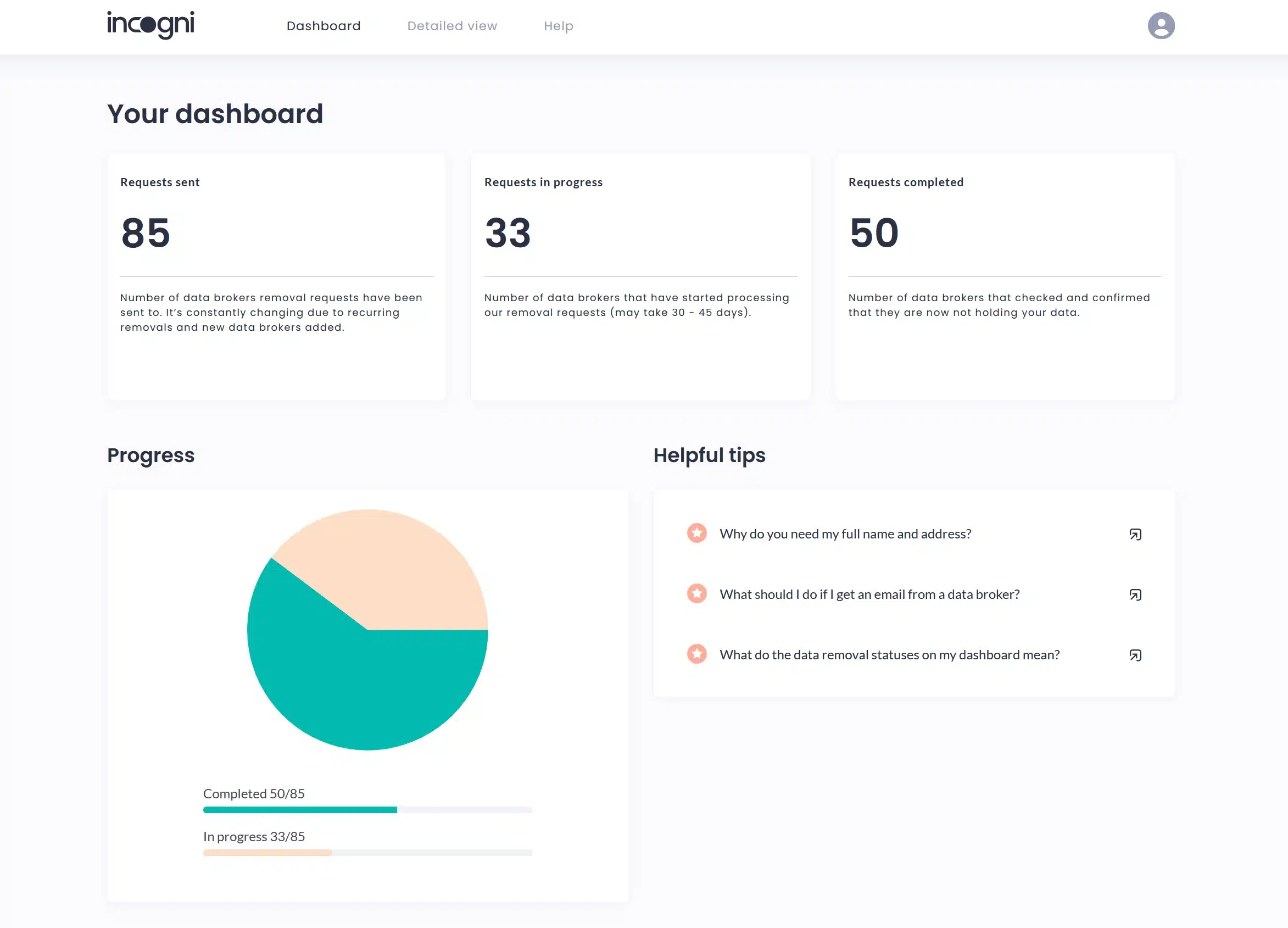
The requests are classified into three categories (In progress, Completed, or Sent), and are visible under the Detailed view tab.

You can also filter by data sensitivity or click on a specific broker to learn a little more about them.

Around a week after signing up, Incogni had sent 36 data removal requests, 20 of which were in progress and 16 of which were complete. As of my most recent update, I had 85 requests sent, with 33 in progress and 50 completed.
Account
Clicking the Account icon at the top right of the page reveals a few options.

Profile
The Profile page allows you to consult and modify your personal information and your address. You can also view the authorization form you signed earlier in .pdf format.
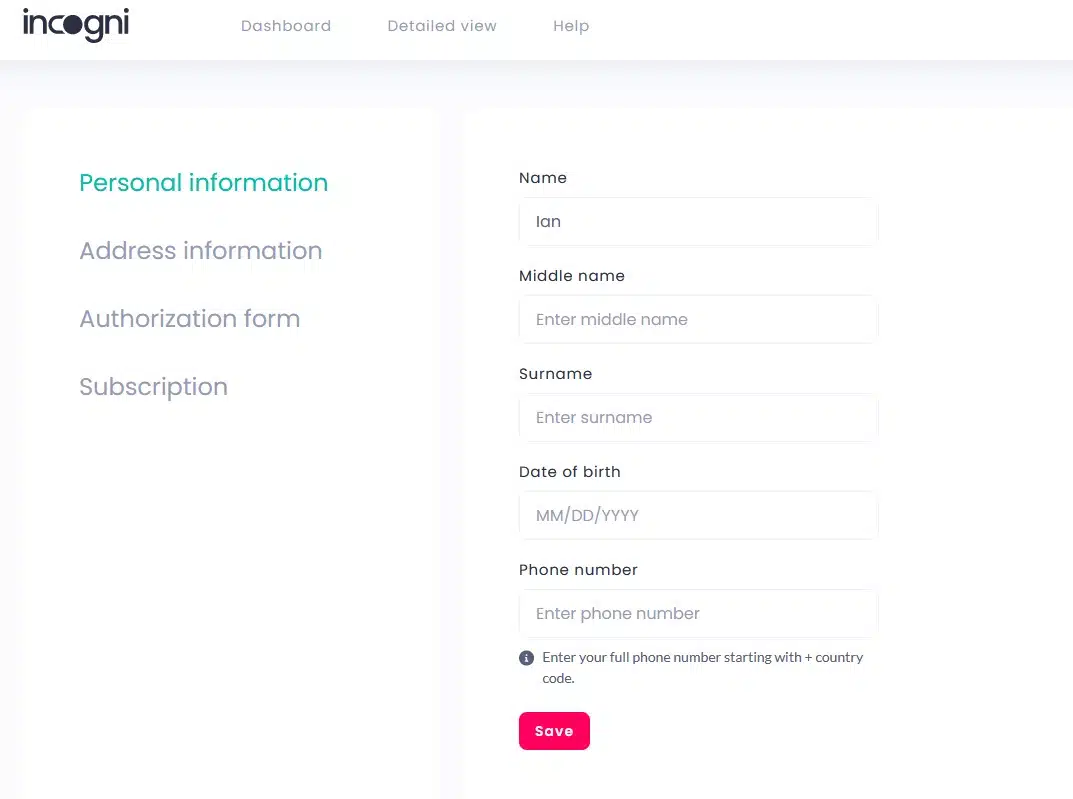
Settings
Clicking Settings simply allows you to change your password.
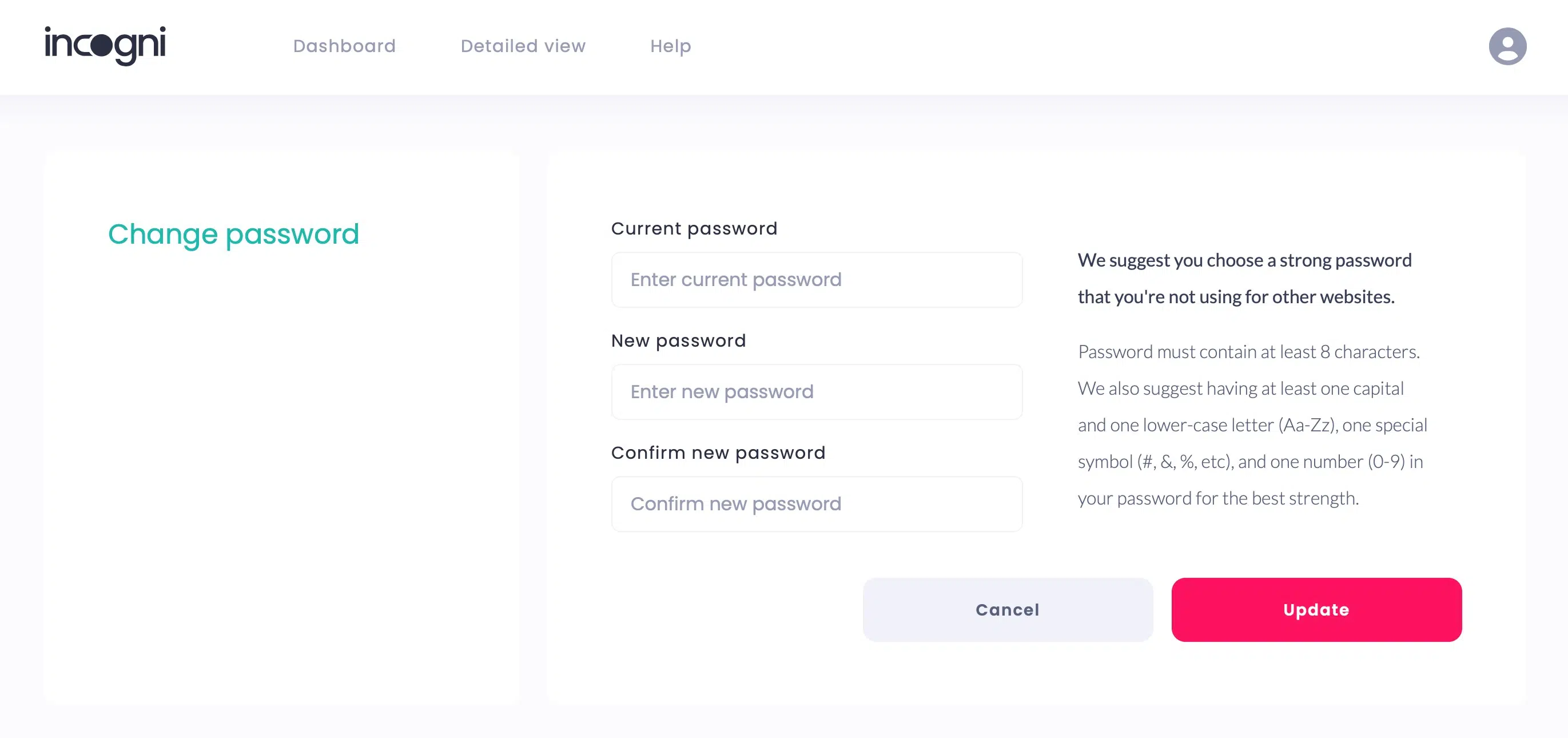
The remaining options are to view Incogni’s privacy policy (which we’ll discuss below) and its terms of service or to log out. Simple options for a straightforward service.
Incogni pricing

Incogni’s pricing structure is very straightforward. There are only two options:
These prices are fair, in my opinion, especially when you compare them to what the competition charges for a similar service. Incogni is cheaper than The Kanary, Abine’s DeleteMe, and IDX Privacy. The only data removal service that was less expensive than Incogni was Avast’s BreachGuard, but the latter doesn’t include as many data brokers as Incogni.
DEAL ALERT:Save 50% Cut the cost of your Incogni subscription in half by choosing the annual plan.
Privacy
Being a privacy service, one can legitimately wonder what its privacy policy looks like. We’re going to take a look at that. But we need to remember what the service is and how it works as we do this. Incogni needs to collect your personal information to do what it’s meant to do. So we won’t be using the same criteria we use when reviewing a VPN service’s privacy policy. In a sense, we’ll be judging Incogni’s transparency here more than anything else.

That all looks good to me. It corresponds perfectly with my experience in setting up the service. The privacy policy covers precisely the information I was prompted to provide. Plus, being a service provided by Surfshark, which has an excellent reputation in the VPN space, I feel relatively comfortable providing it with my data – at the very least, more so than if it were an unknown company.
Support
We already know that Surfshark provides excellent support to its users. It provides an in-depth Help section on its website, which includes helpful FAQs. And it directly supports users either via email or live chat.
For Incogni, we get two out of the above. That’s a comprehensive Support section and email support. You can access the Support page by clicking Help at the top of the Dashboard page.

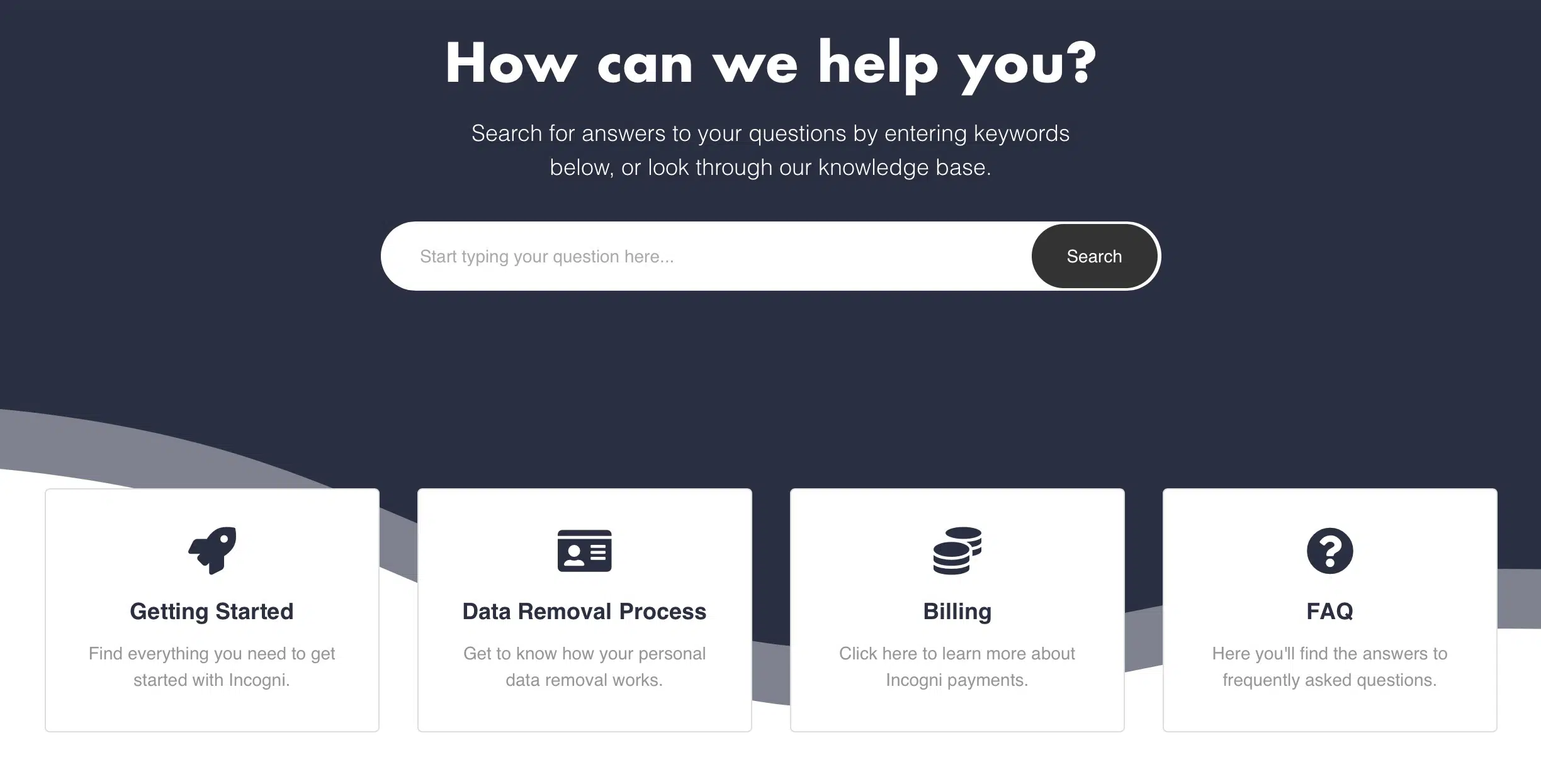
I sent Incogni an email asking how frequently they add new data brokers to their list. I received a polite and thoughtful answer in under 24 hours – which is excellent support in my book. It would be nice if Incogni added live chat support – so we hope to see that in the near future.
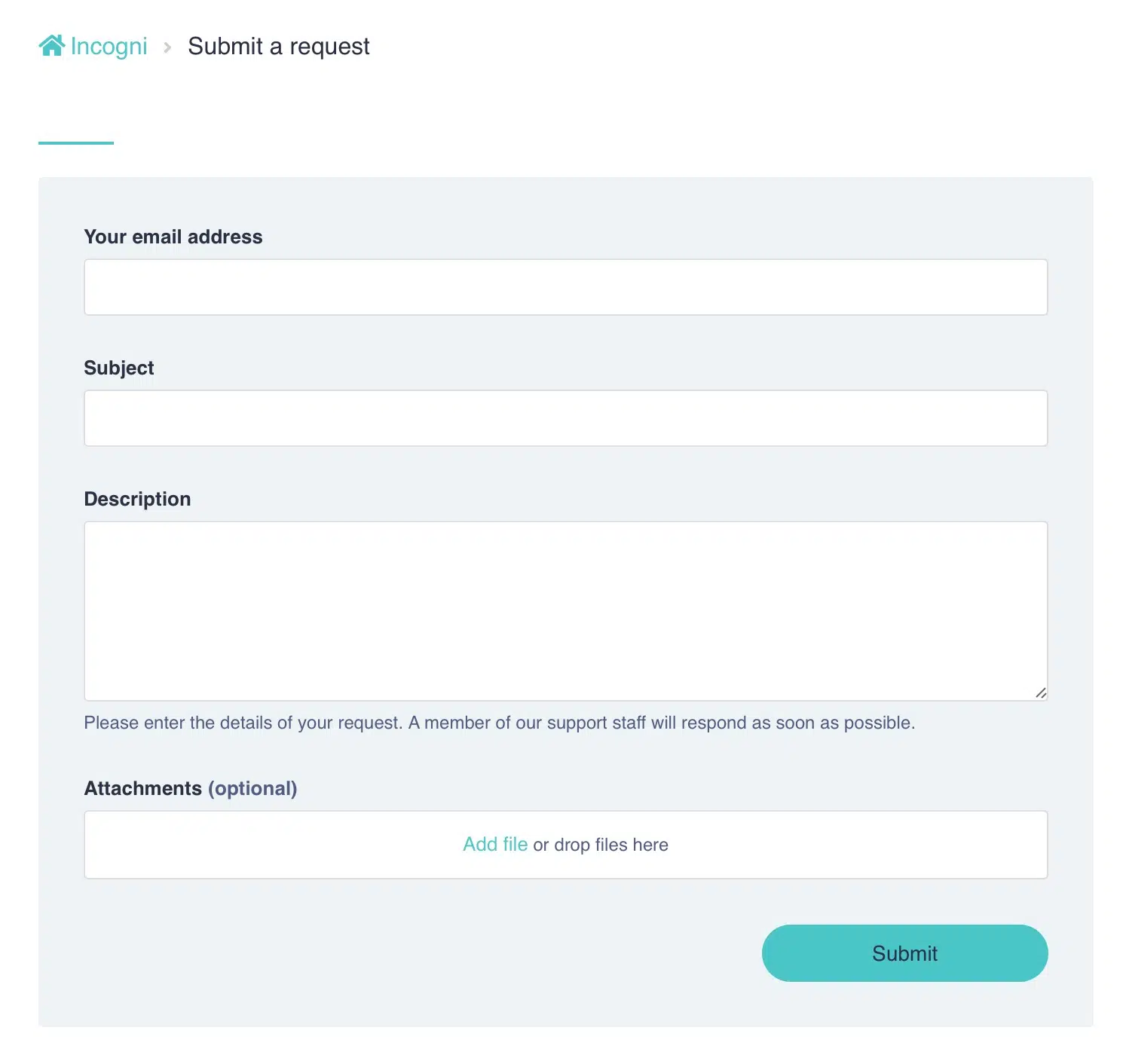
Do I recommend Incogni?
I do. And for a few reasons.
First, the price is right. As I mentioned above, Incogni is cheaper than most other comparable offerings. And the fact that this particular service is provided by the folks at Surfshark is a plus in itself due to their excellent privacy practices in the VPN space.
Then, there’s the quality of the service itself. Now, of course, a data removal service isn’t going to be chock-full of features. But the service supports a good number of data brokers (over 180), and it’s effortless to use. Further, it has shown that it’s not content to rest on its laurels, having recently begun removing user data from more than 60 people search sites.
The Web UI is clear and pretty slick, in my opinion. And you find the information you’re looking for quickly and easily. There are no menus to dig through and no complex settings to configure. It’s pretty much set, and forget until you want to check up on the status of your data removal requests – at which point, you can assess it at a glance.
Sure, it won’t explicitly verify if a data broker has been true to its word, but to be fair, neither does the competition’s offerings. What Incogni does is resend the requests at a given interval in case your data gets back in that broker’s hands, or they didn’t delete it upon the first request.
All in all, it’s an excellent privacy service from a company that’s already built a stellar reputation for privacy. What’s not to like?
Methodology used for testing
Below you’ll find the criteria used to assess the Data Removal services we review. It’s essential to be consistent across the board so that our reviews are reasonably objective and that we’re not comparing apples to oranges. For that reason, we want to publicize our criteria.
- Features – While the feature list of such services is going to be limited, there are some key elements we need to know. We want to see how many data brokers are supported, which types of data collection it’s best suited for, and the interval at which it searches for new data brokers and resends requests to current data brokers.
- UI & ease of use – Some data removal services may provide an app while others provide a Web UI. Whatever the case, it should be easy to access and understand. Information about your removal requests should be intuitive and well-organized. We look at client apps and Web UIs and assess their usability.
- Pricing – Everybody wants great service, and nobody wants to break the bank. We weigh the service’s cost against its features and compare its pricing to that of its competitors to really gauge how fair the price is.
- Security & privacy – Data removal services need at least some of your data to operate. But insofar as data removal is a privacy service, we still expect the service provider to treat your data with respect. We ask essential questions, like: What is its privacy policy like? How long does it keep your data? Does it share any of your data with any third parties? Does it protect you from potential cybercrime threats? These are critical questions, and we strive to answer all of them.

